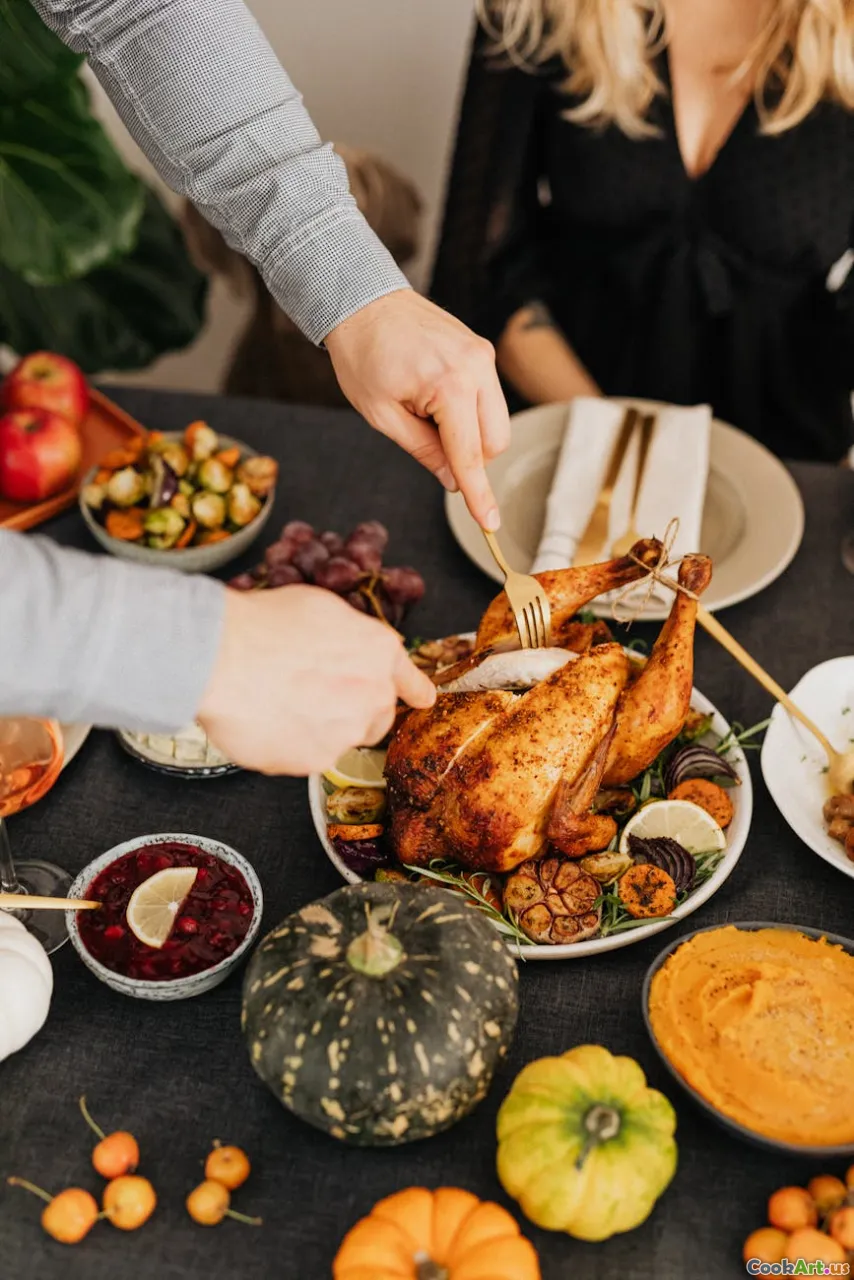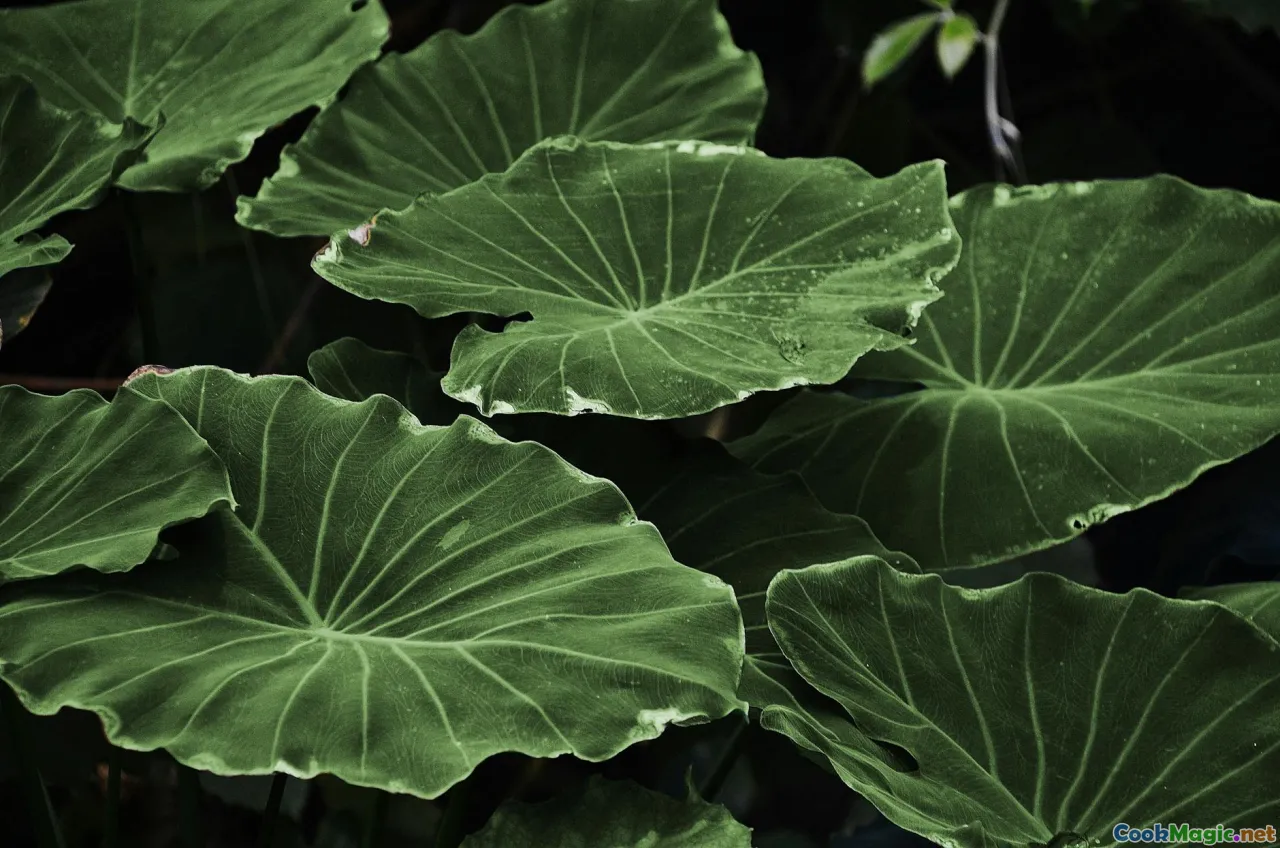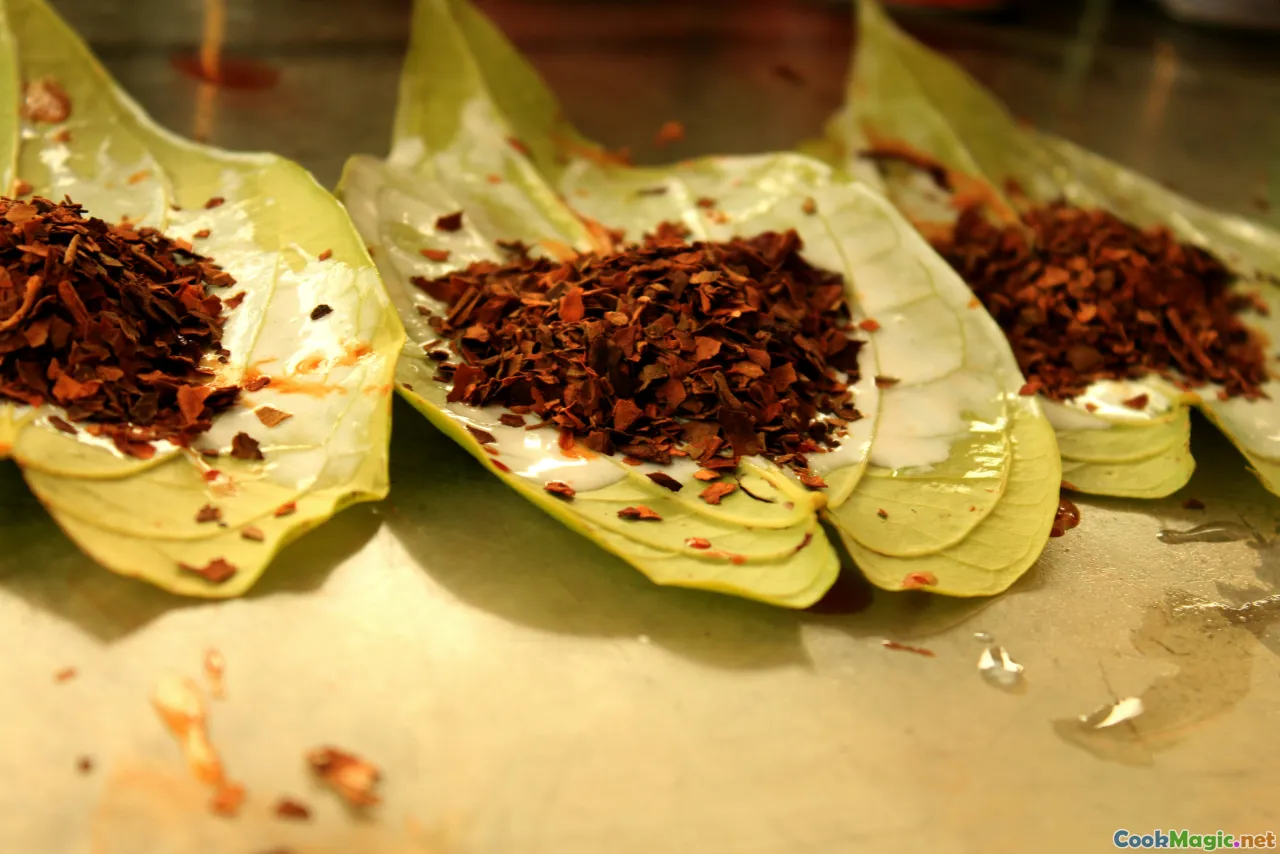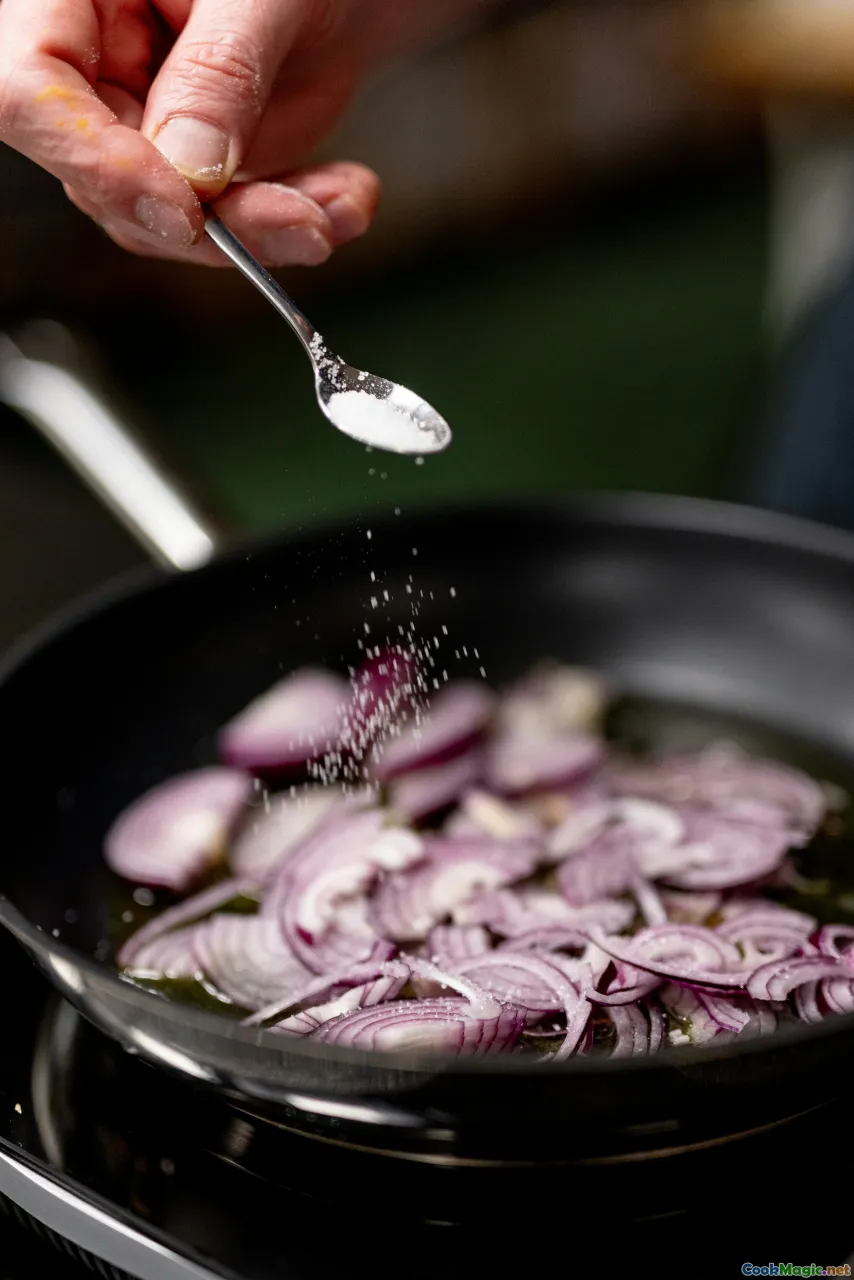How to Prepare Fijian Taro Leaf Delicacies
12 min read Discover authentic methods to prepare delicious Fijian taro leaf delicacies, blending rich flavors and cultural traditions from Fiji. September 02, 2025 03:05
How to Prepare Fijian Taro Leaf Delicacies
Imagine strolling through the lush, verdant plantations of Fiji, where the air is thick with the scent of damp earth, and the occasional burst of tropical fragrances from blooming breadfruit and orchids. Deep within these humid valleys, amid the chorus of indigenous birds, lies a treasured culinary tradition—preparing taro leaf delicacies that are as rich in history as they are in flavor. These dishes, both humble and profound, are woven into the cultural fabric of Fiji, reflecting centuries of tradition, storytelling, and community.
In this guide, we’ll take you on an immersive journey through the art of preparing Fijian taro leaf delicacies. From selecting the finest leaves to understanding their cultural significance, and finally mastering authentic recipes bursting with aroma and flavor — you'll learn to craft these mesmerizing dishes and connect with a piece of Fijian soul.
The Cultural Significance of Taro in Fijian Cuisine

Taro, known locally as taliga, has been a staple in Fijian diets for centuries, revered not just for its nourishing qualities but also for its role in communal rituals and celebrations. Cultivated in the fertile volcanic soil, taro roots serve as a symbol of life, fertility, and sustenance. Unlike Western staples such as wheat or corn, taro’s true magic centers on its leafy greens, which are featured prominently in Fijian dishes, echoing a deep respect for all parts of the plant.
In Fijian villages, especially during communal feasts called sevusevu, taro leaf-based dishes serve as the centerpiece, fostering a sense of unity and shared identity. The leaves are harvested with reverence, often by elders or community leaders, who recognize their sacred and cultural significance. When preparing these delicacies, locals embody a tradition that honors past generations, preserving not only a recipe but a way of life.
Selecting and Preparing the Taro Leaves

The first step on your journey to mastering Fijian taro leaf dishes begins with choosing the right leaves. Authenticity hinges upon using fresh, vibrant leaves that are free from blemishes, holes, or yellowing. Look for large, broad leaves with a bright green hue and firm texture; these are signs of freshness and vitality.
Preparing the leaves involves a few attentive steps. First, rinse them thoroughly in cold water to remove any dirt or residual soil. Because taro leaves contain natural oxalates that can cause a tingling sensation if consumed raw, blanching is highly recommended. Submerge the leaves in boiling water for approximately 1–2 minutes, then transfer immediately into cold water to halt the cooking process. This step not only reduces harsh oxalates but also softens the leaves, making them more pliable for wrapping and cooking.
For convenience and efficiency, you might choose to use only the tender parts of the leaves—stalks and midribs—removing the tougher veins carefully with a sharp knife. These can be minced or chopped coarsely, depending on the dish.
Traditional Fijian Taro Leaf Dishes
1. Lovo Taro Leaf and Fish
Lovo, the traditional Fijian earth oven, imparts an unmistakable smoky aroma that elevates taro leaf dishes to new heights. Wrapping seasoned taro leaves with fresh fish or chicken in banana or taro leaves, then cooking slowly underground for hours, results in a tender, flavorful feast imbued with earthy richness and a subtle smokiness—sensory magic.
2. Kokoda with Taro Leaf Pesto
While Kokoda is traditionally a ceviche-like dish with raw fish marinated in coconut cream, innovative Fijian chefs now incorporate lightly steamed taro leaves into their marinades and pesto. The result is a delightful fusion, where the subtle bitterness of the leaves balances the richness of coconut and the freshness of marinated seafood.
3. Stewed Taro Leaf & Pork
A hearty, comforting dish, blending tender pork pieces with chopped taro leaves, coconut milk, onion, garlic, and a pinch of chili for depth. The leaves dissolve into the sauce as it simmers, adding a velvety texture and a vibrant green hue. The aroma of coconut mingling with the smoky undertones from slow cooking makes it a memorable experience.
4. Taro Leaf and Banana Leaf Wraps
A street food favorite, where seasoned taro leaves are wrapped along with diced vegetables, seafood, or meats, then steamed or baked. The banana leaves lend a fragrant aroma, locking in moisture and flavors—a portable taste of Fiji.
The Art of Cooking Taro Leaves: Step-by-Step Guide

Let’s now explore a classic, hands-on recipe emblematic of Fijian taro delicacies: Taro Leaf and Coconut Stew. This dish exemplifies cooking techniques that bring out the leaves' rich, earthy flavors while balancing the creaminess of coconut.
Ingredients:
- 10 large fresh taro leaves
- 1 lb pork shoulder, chopped into cubes
- 1 can (13.5 oz) coconut milk
- 1 medium onion, finely chopped
- 3 garlic cloves, minced
- 1 chili, sliced (optional)
- Salt and pepper to taste
- 1 tbsp vegetable oil
- Water
Instructions:
- Prepare the leaves: Rinse the taro leaves thoroughly under cold water. Blanch in boiling water for 2 minutes, then transfer immediately to cold water. Drain and set aside.
- Cook the pork: In a large pot, heat oil over medium-high heat. Add chopped onion and garlic, sauté until fragrant—about 2–3 minutes.
- Brown the meat: Add pork cubes, season with salt and pepper, and cook until browned on all sides.
- Simmer: Pour in coconut milk and additional water to cover the ingredients. Bring to a gentle simmer.
- Add the leaves: Tear the blanched taro leaves into bite-sized pieces and add to the pot. Stir to combine.
- Slow cook: Cover the pot and reduce heat. Let simmer for 45–60 minutes, stirring occasionally, until the pork is tender and the leaves have practically dissolved into the stew, creating a thick, velvety sauce.
- Final seasoning: Taste and adjust salt and chili slices, if desired.
Serve your Fijian taro leaf stew hot over steamed rice or taro roots—an authentic taste of the islands.
Tips and Variations for Authenticity

- Use Freshness First: Never compromise on the freshness of the leaves; they are the foundation of the dish’s flavor.
- Oxalate Management: Proper blanching is crucial for reducing oxalates; skipping this step can lead to a tingling or bitter taste.
- Flavor Balance: Coconut milk, lime juice, or tamarind can be added to introduce acidity and brightness.
- Protein Variations: Experiment with seafood like tuna or shrimp, or vegetarian options such as eggplant or mushrooms.
- Cooking Time: The longer, the better—slow simmering ensures the flavors meld deeply and the leaves soften completely.
Embracing the Spirit of Fijian Cooking

Preparing taro leaf delicacies is more than just cooking—it’s an act of cultural preservation, communal bonding, and storytelling. In villages, these dishes are often prepared communally, with generations passing down the techniques, stories, and significance of each step.
As you embrace this culinary journey, remember that each leaf, each ingredient, bears silent stories of ancestors who valued sustenance, resilience, and unity. Your kitchen, whether in New York or a Fijian village, becomes a sacred space for these timeless traditions.
When served to friends or family, these dishes become vessels of cultural exchange, sparking conversations and connections rooted in shared flavors, histories, and the simple joy of a meal prepared with heartfelt reverence.
Fundamentally, making Fijian taro leaf delicacies invites you to taste a splash of Fiji’s vibrant identity—a harmony of lush landscapes, warm communities, and centuries of culinary wisdom. So gather your ingredients, herby leaves in hand, and begin creating a dish that’s as soulful as it is delicious. Your journey into Fijian cuisine has just begun—savor every leaf, every moment, and every shared taste.
Bula! May your Tarua (taro leaf) dishes be steaming, fragrant, and full of island spirit.









